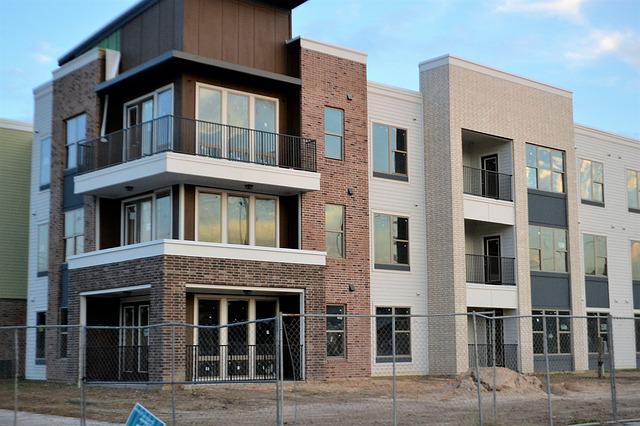Negative gearing on an investment property is commonly misunderstood by many potential property investors. However, negative gearing is one of the main reasons that investors purchase an investment property. They believe they will make income and capital gains while reducing their tax liability. As we will see in the coming examples that may not always be the case.
Let’s have a look at some practical examples of how gearing it works for property owners.
Positive Gearing
To understand negative gearing on an investment property, first we need to understand positive gearing.
When an investment property is positively geared the rental income exceeds the costs of holding the property, giving a surplus of funds. For example, this property makes the owner $6,000 after all expenses.
Rental Income $20,000
All Costs ($ 8,000)
Mortgage Interest ($ 6,000)
Cash Surplus/(Deficit) $ 6,000
Most properties have positive gearing when you exclude the interest on the mortgage. However, a positively geared property will still have a cash surplus after the mortgage interest is deducted from the rental income.
Negative Gearing
A negatively geared investment property will have a cash deficit after the mortgage interest is deducted from the rental income.
In this example, the rent does not pay all costs and the mortgage interest.
Rental Income $20,000
All Costs ($10,000)
Mortgage Interest ($12,000)
Cash Surplus/(Deficit) ($ 2,000)
The $2,000 loss is tax deductible, against other sources of income, in most countries giving the owner a reduction in overall tax liability. The saving in tax helps to partially reduce the $2,000 shortfall. However, the $2,000 shortfall of cash must be made up by the owner contributing funds to the property.
Note: Do not purchase a negatively geared investment property unless you can afford to make up the cash shortfall from another source of income.
Negative Gearing Becomes Positive Gearing
Many newly acquired properties are negatively geared, initially. The total costs including mortgage interest will exceed the rental income. And the owner must be able to fund the shortfall of rental income to pay all the expenses.
Eventually over time, the rental income increases and the mortgage interest decreases to give a position where the owner does not have to contribute cash to the property’s finances. It may take many years before the property becomes positively geared.
Using the above example, the rent increased by $2,000 and the mortgage interest decreased by $2,000.
Rental Income $22,000
All Costs ($10,000)
Mortgage Interest ($10,000)
Cash Surplus/(Deficit) $ 2,000
Now the property is producing a $2,000 profit and cash surplus for the owner.
The only disadvantage is that the owner will have to pay tax on the $2,000 profit.
Conclusion
I hope these simple examples demonstrate the difference between positive and negative gearing on an investment property.
Before you purchase an investment property make sure you have a good financial budget for the first 5 to 10 years of owning the property. The budget must calculate how much money you need to contribute to the investment while it is negatively geared.
Ensure your budget assumptions are realistic. Many budgets include wildly unrealistic assumptions about large rent increases, falling interest rates and expenses staying the same for years. It is better to error on the side of conservatism than to create a budget that causes you a financial headache.
The budget must show when the property changes from negative to positive gearing.
An investment must make financial sense. Eventually, the investment must make money and increase in value. Never purchase a negatively geared investment property unless you can afford to make up the cash shortfall from another source of income. And never purchase an investment only to reduce your tax liability.

